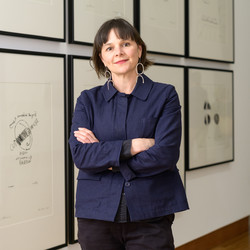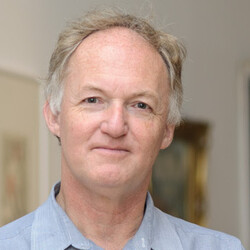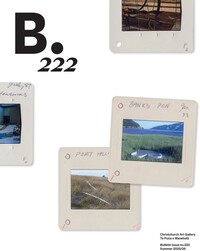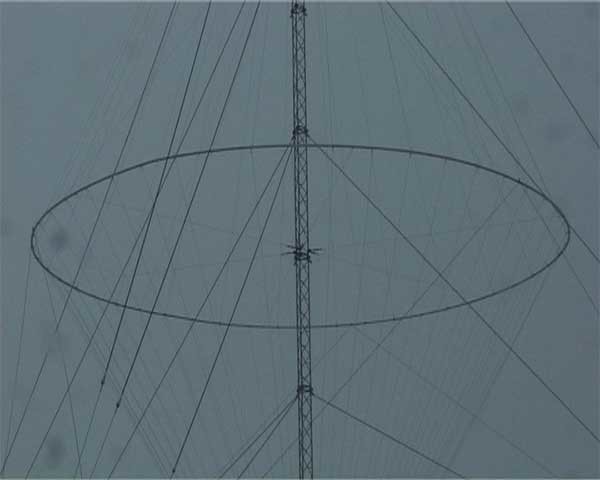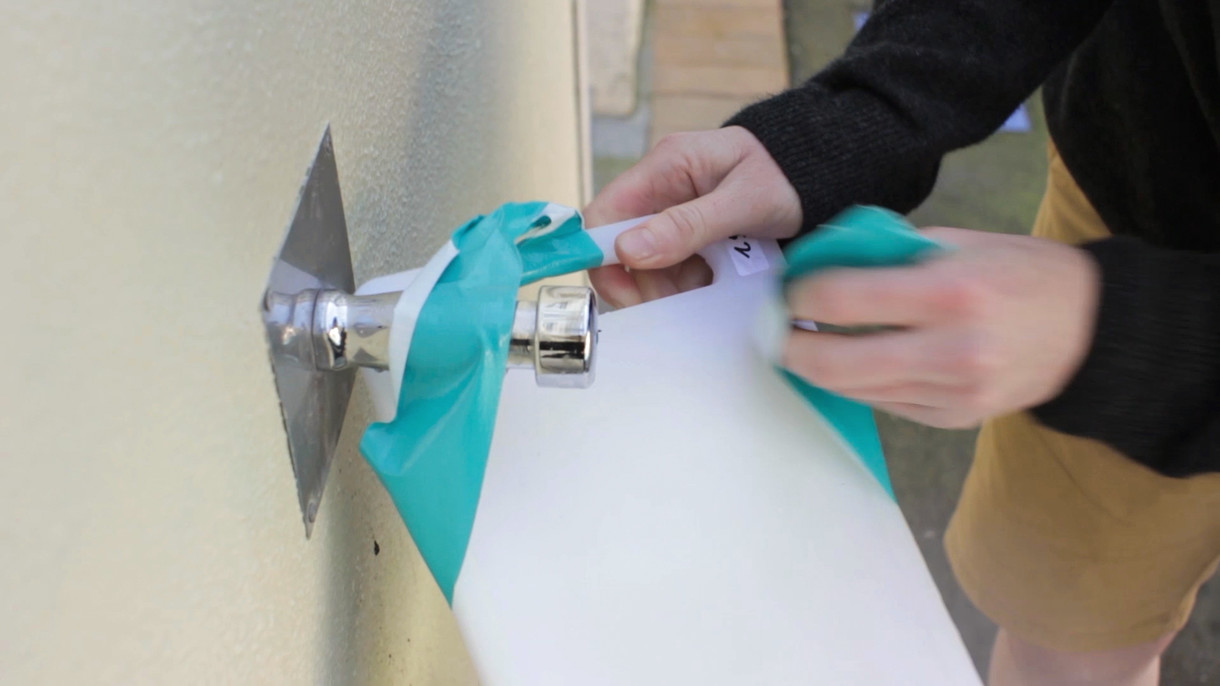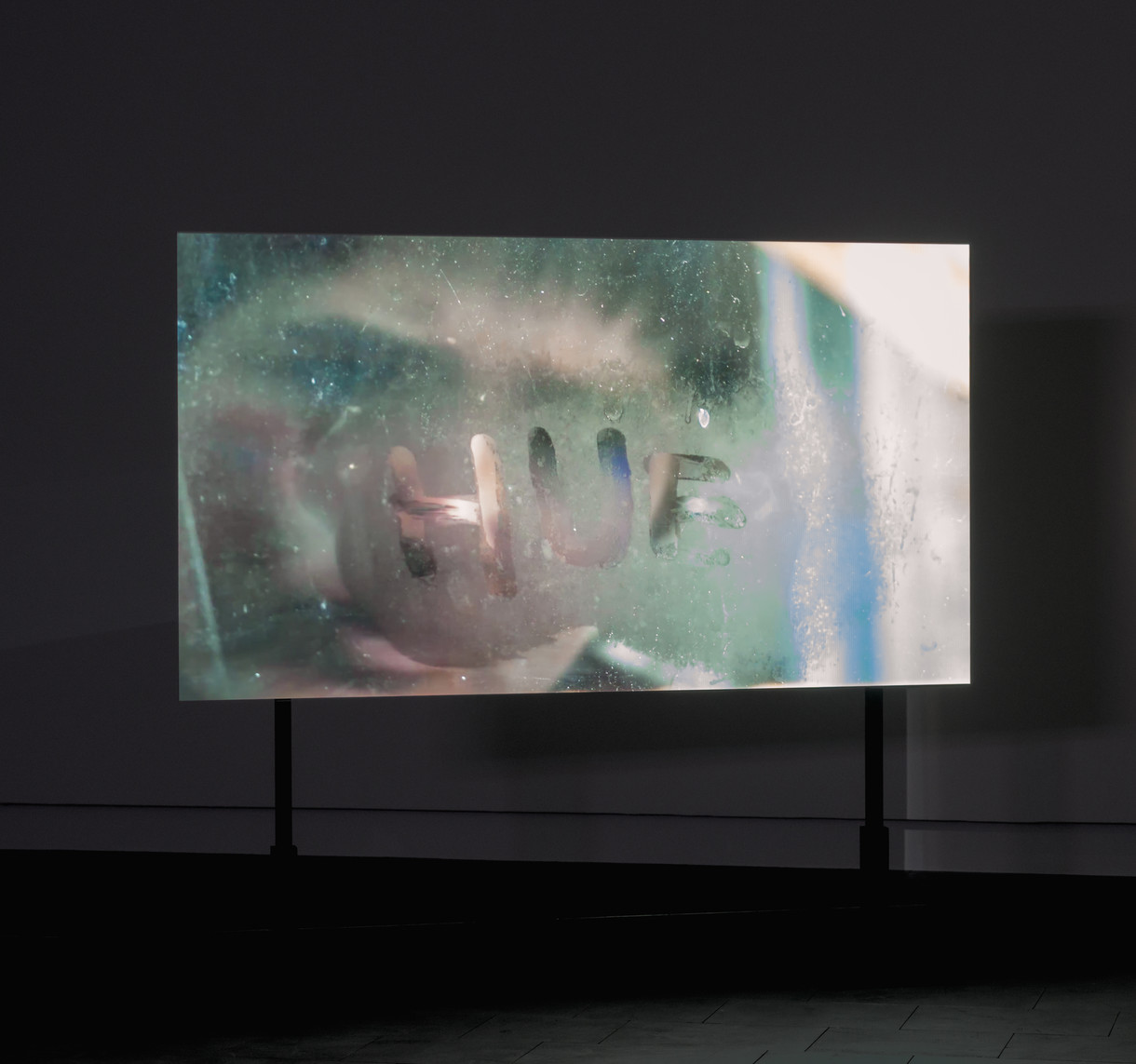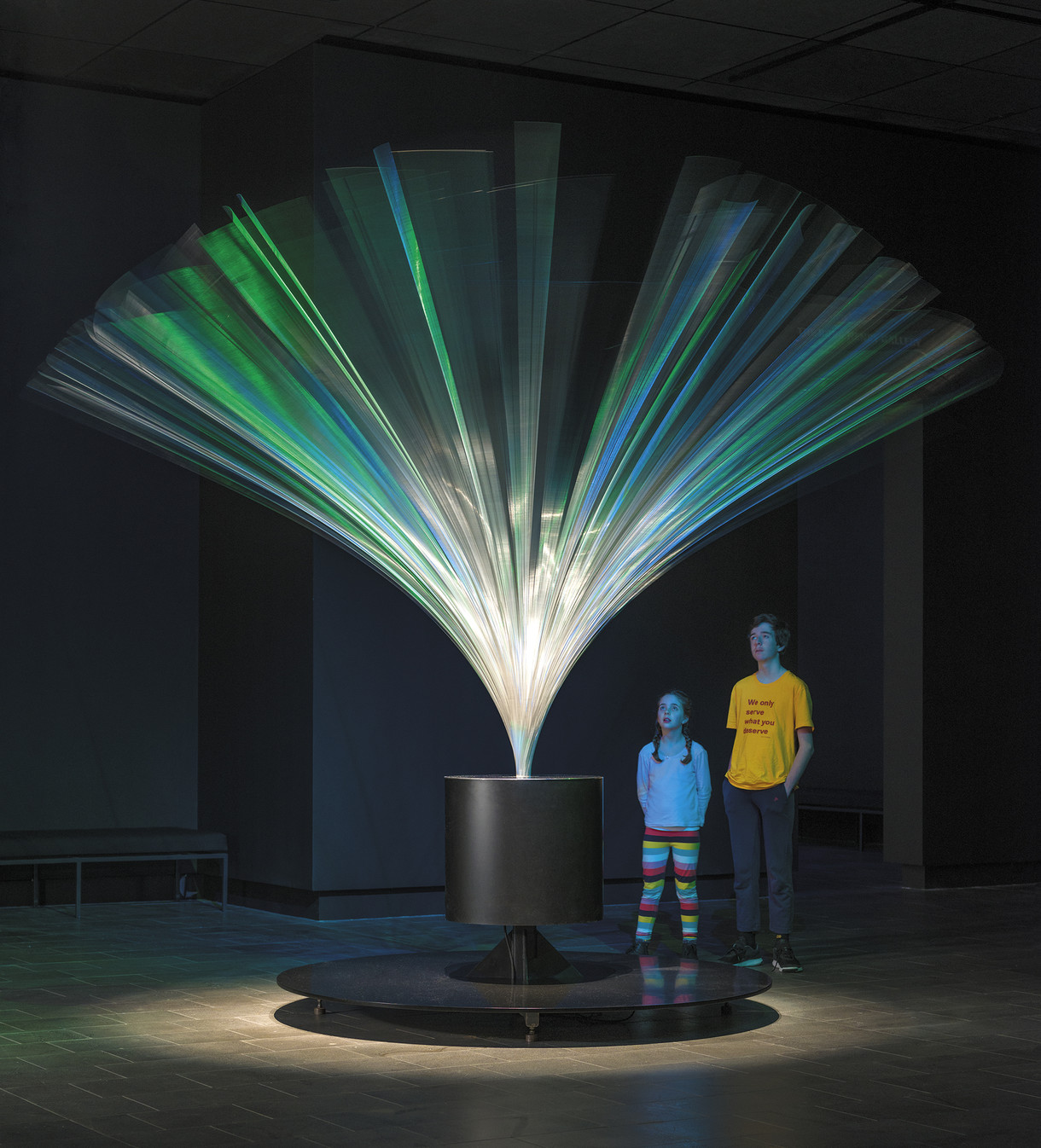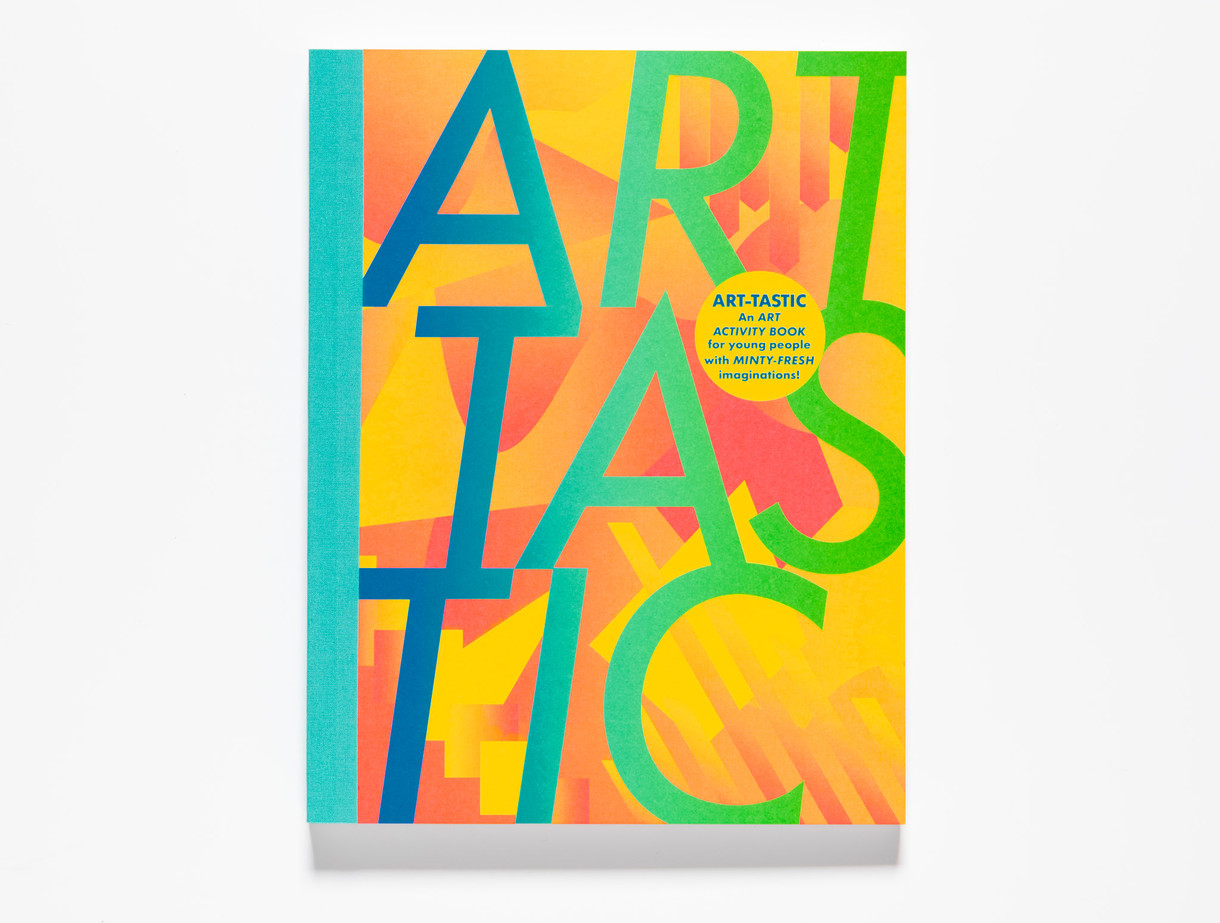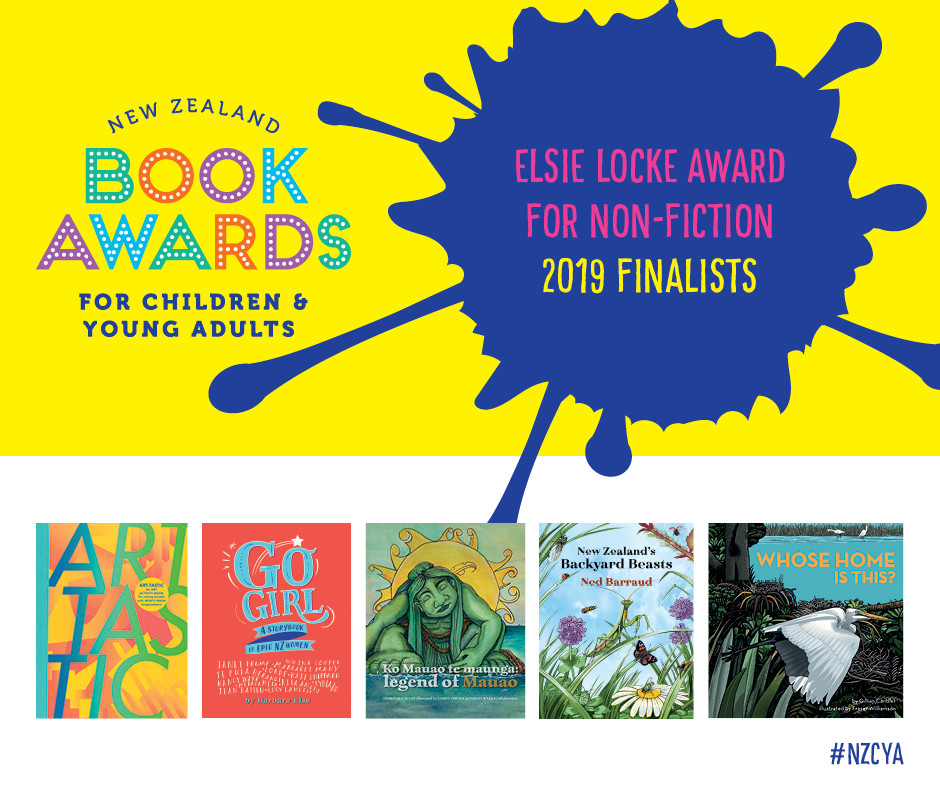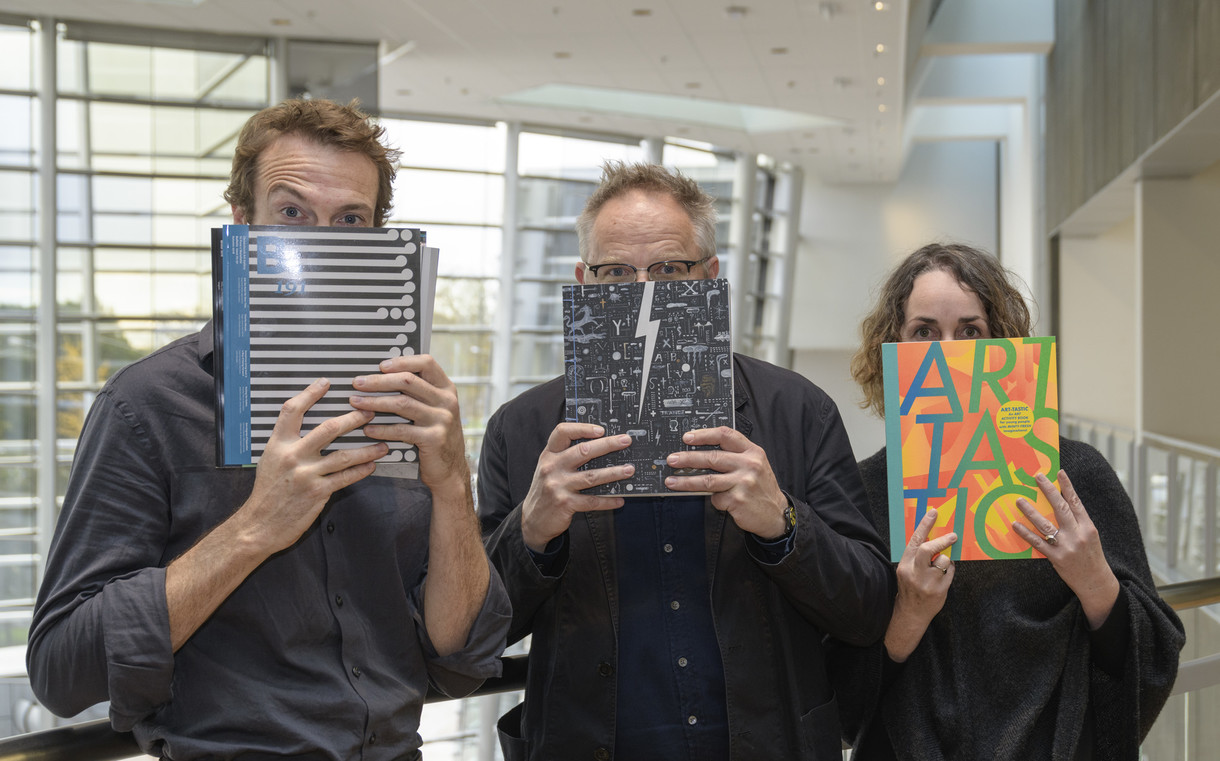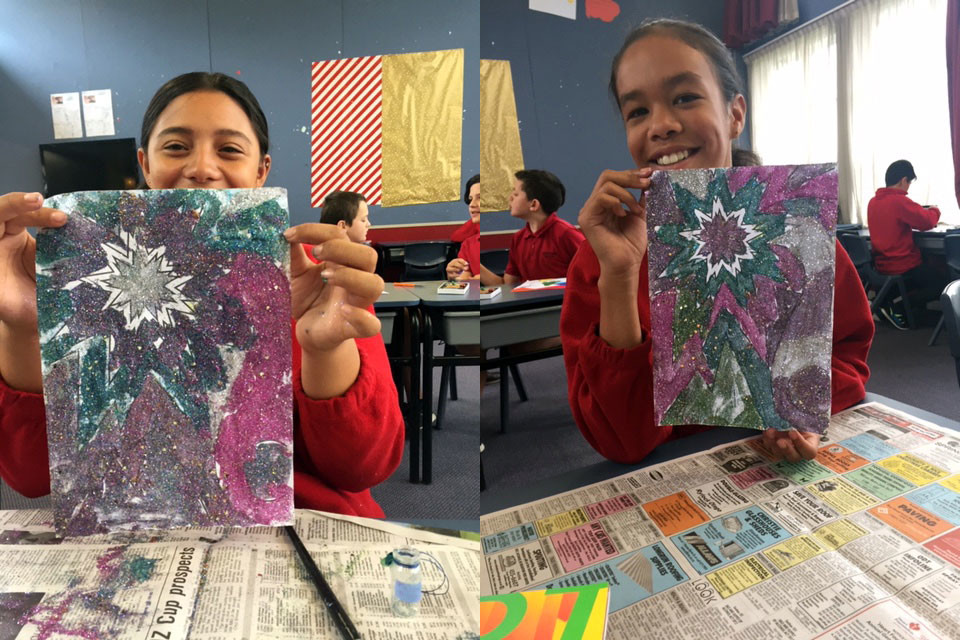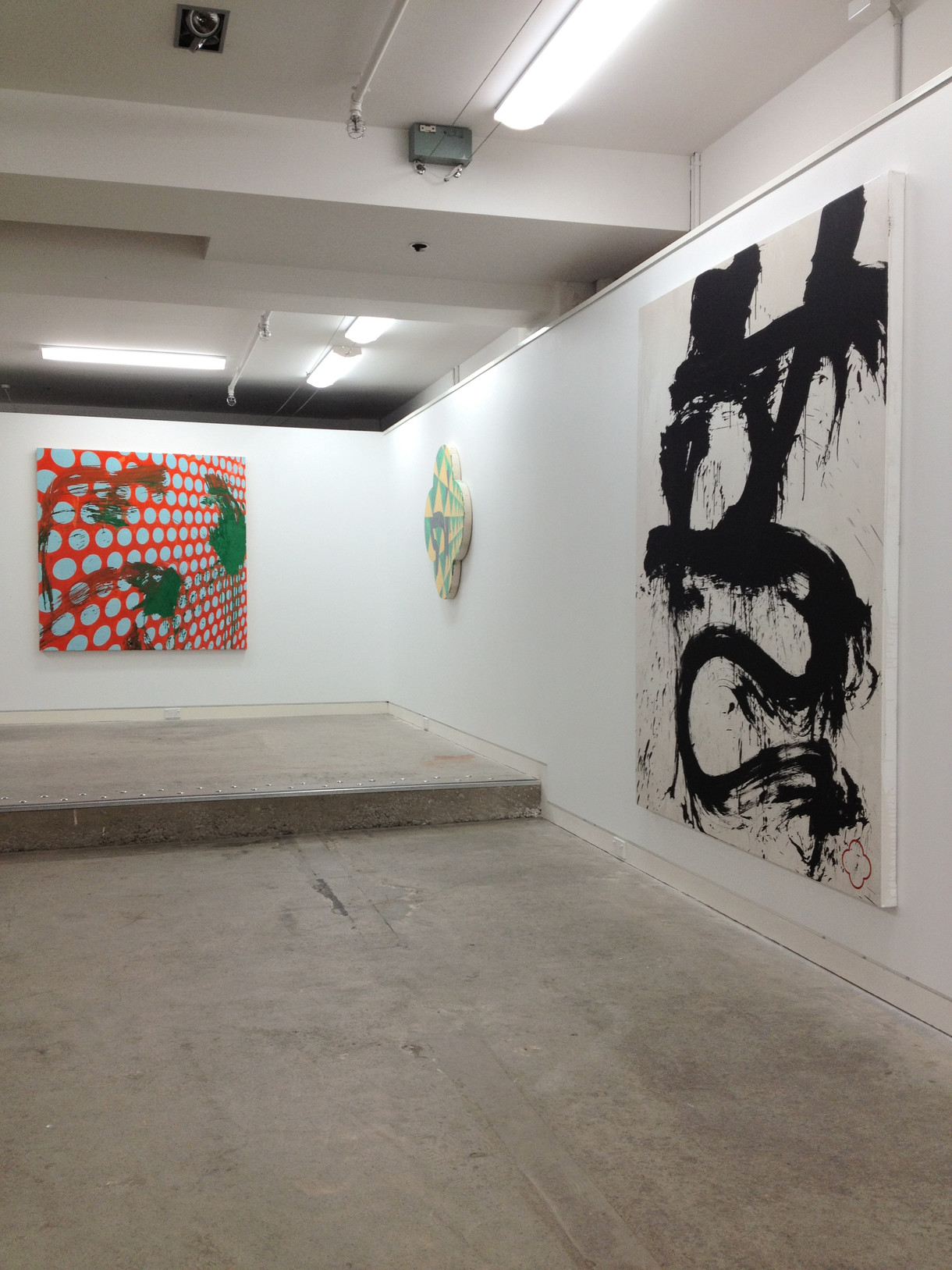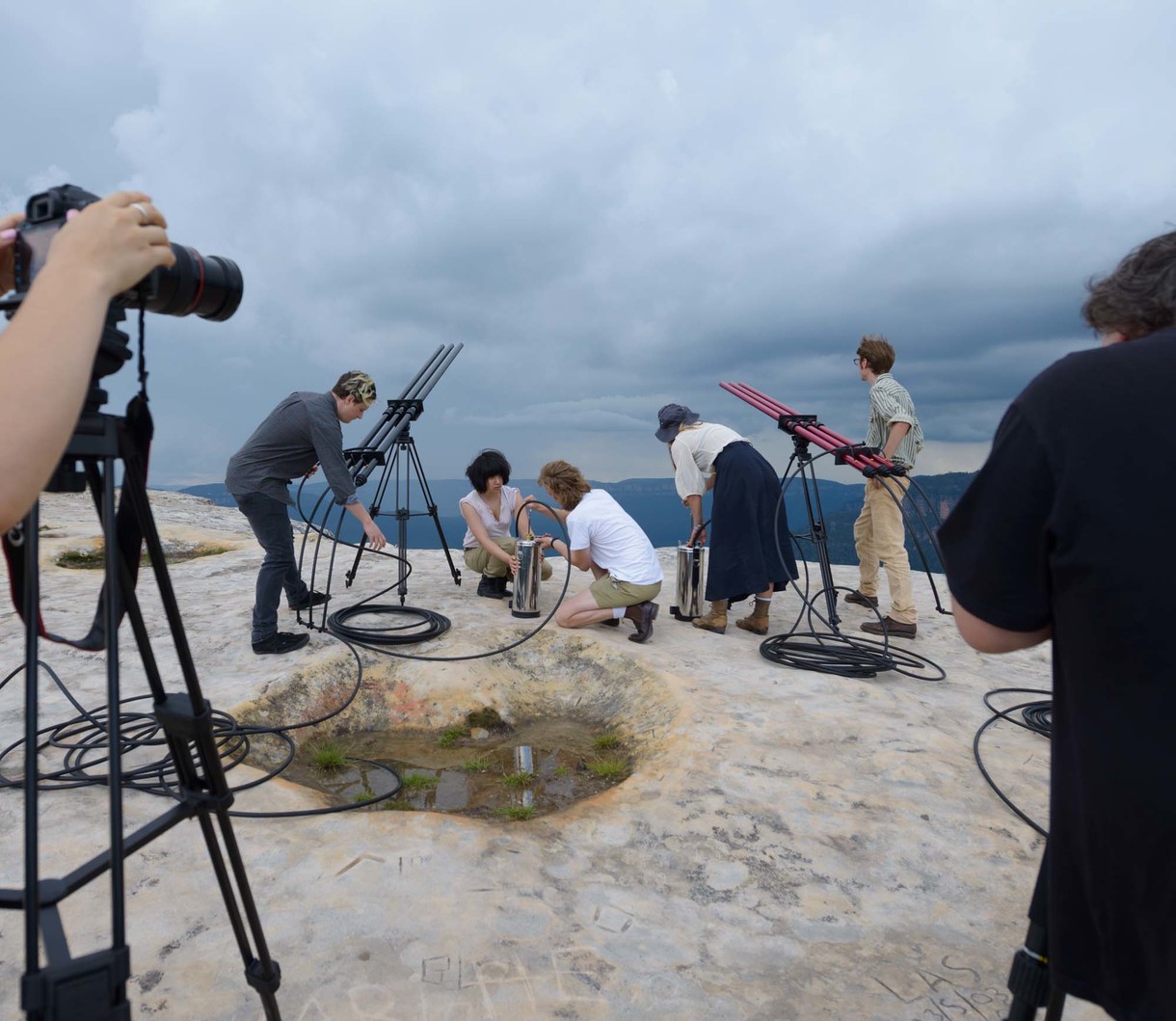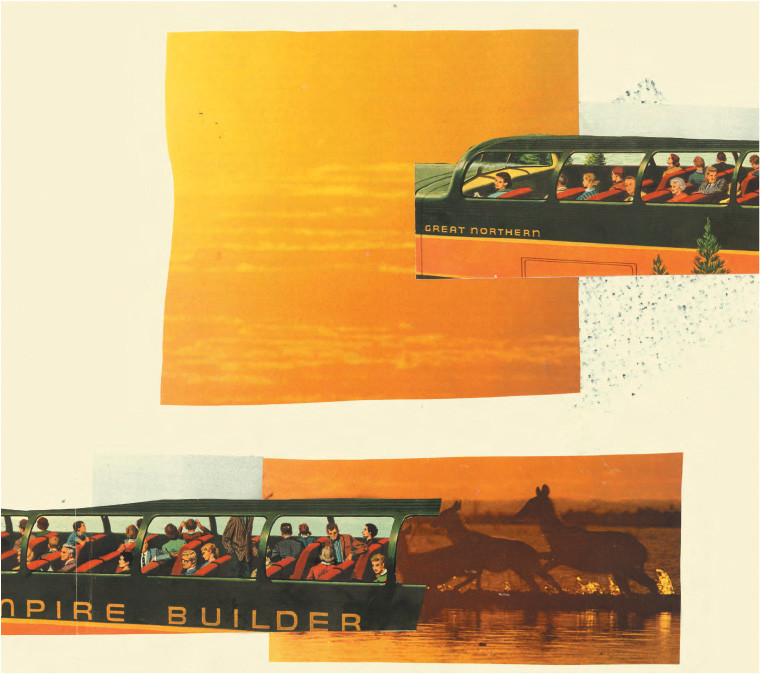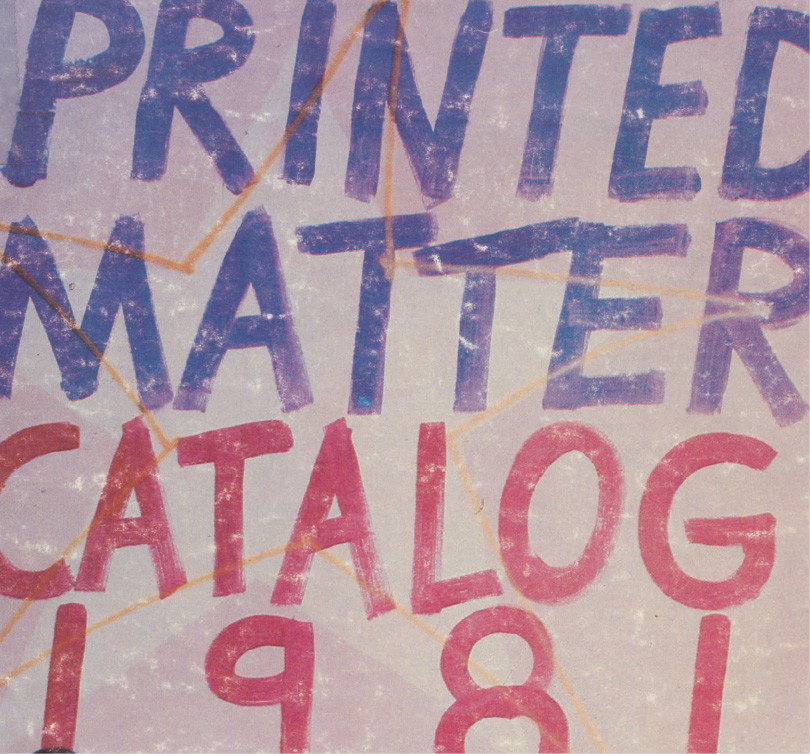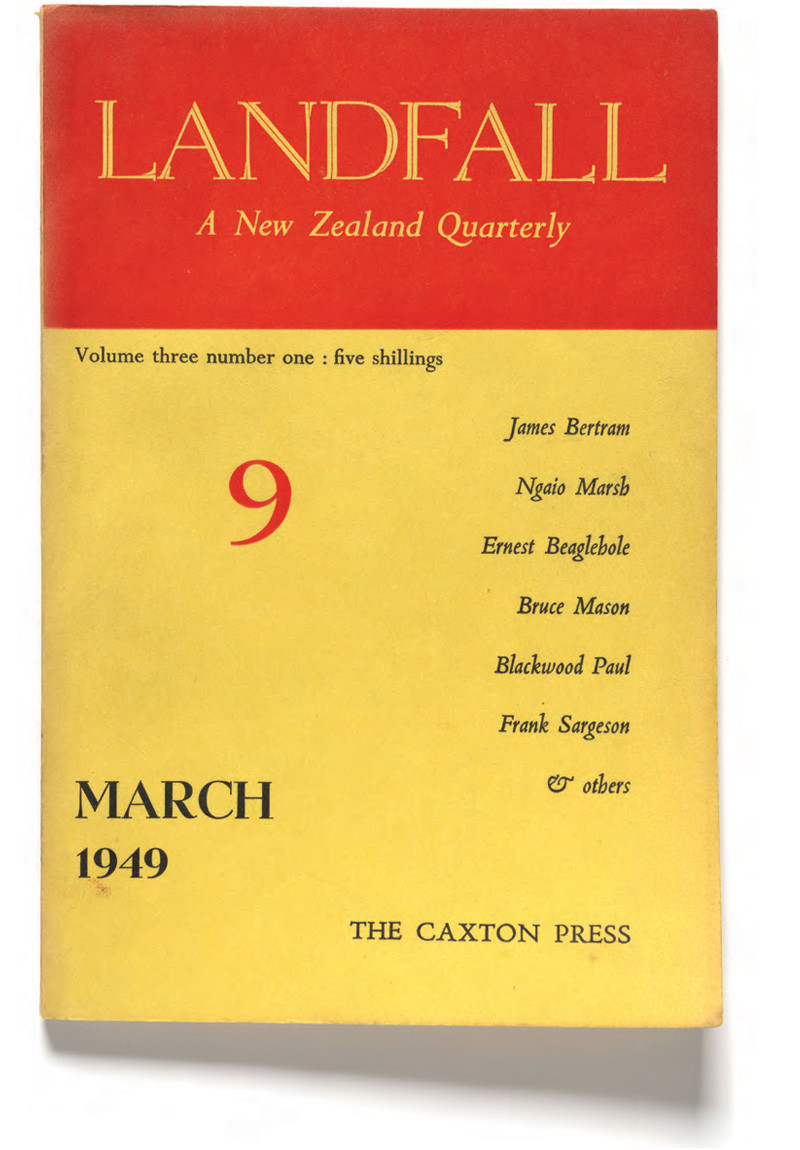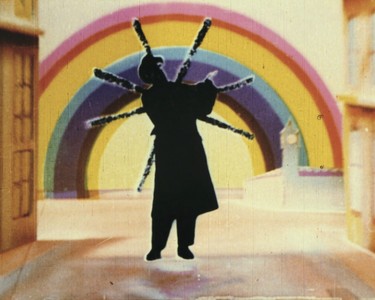
Len Lye Rainbow Dance (video still) 1936. 35mm Gasparcolor sound film; 5min. Courtesy of the British Post Office and the Len Lye Foundation from material preserved and made available by The New Zealand Archive of Film, Television and Sound Ngā Taonga Whitiāhua Me Ngā Taonga Kōrero
Going online
Digital streaming and the new art audience
I’ve never actually seen the Mona Lisa, and it’s a fair bet that most people reading this article haven’t either. Yet, according to Wikipedia, the painting is ‘the best known, the most visited, the most written about, the most sung about, the most parodied work of art in the world’. So how to account for the fame of an artwork we haven’t seen? And what have reproductions of Da Vinci’s sixteenth-century portrait got to teach us about time-based art and the online environment in 2015?
Throughout the twentieth century the canon of Western art gained worldwide fame through reproductions in books, magazines and catalogues. Perhaps nowhere is this truer than here in New Zealand, where geography isolates us from the major centres of its production.
While not a direct experience of the work, secondary resources give scholars and historians some measure of confidence regarding an artist's intent, and photography has been the dominant mode of study for the past 100 years. Indeed, most people's primary experience of art is via photography. However, the emergence of time-based mediums such as performance, sound art and moving image, sharply exposes the limits of the still image.
Logging on to the CIRCUIT website to watch the video of Gray Nicol's 1976 performance work Construction of a Cube, we see a thumbnail image of a young, neatly dressed man standing at a table. Between the still and the title we understand the basic premise of the piece, yet it is only by watching the performance unfold that we experience Nicol's deceptively easy display of craftsmanship and intuition; a quiet authority gained from time, study and application.
I find Construction of a Cube utterly mesmerising. Like many of Nicol's works from the 1970s it has a deeply thoughtful and elegant conceptual premise, married to a precise visual realisation. I worked for the New Zealand Film Archive as a curator for ten years from the late 1990s, and was lucky enough to be situated back-of-house, where I could watch a large collection of early video work by practitioners such as Nicol. For the casual visitor, access to works like these was reliant upon institutional processes; was a viewing copy available? Was the work catalogued? How likely was it to be found within a large institutional database? Were the institution's opening hours keyed to the casual visitor or only scholars and industry professionals?
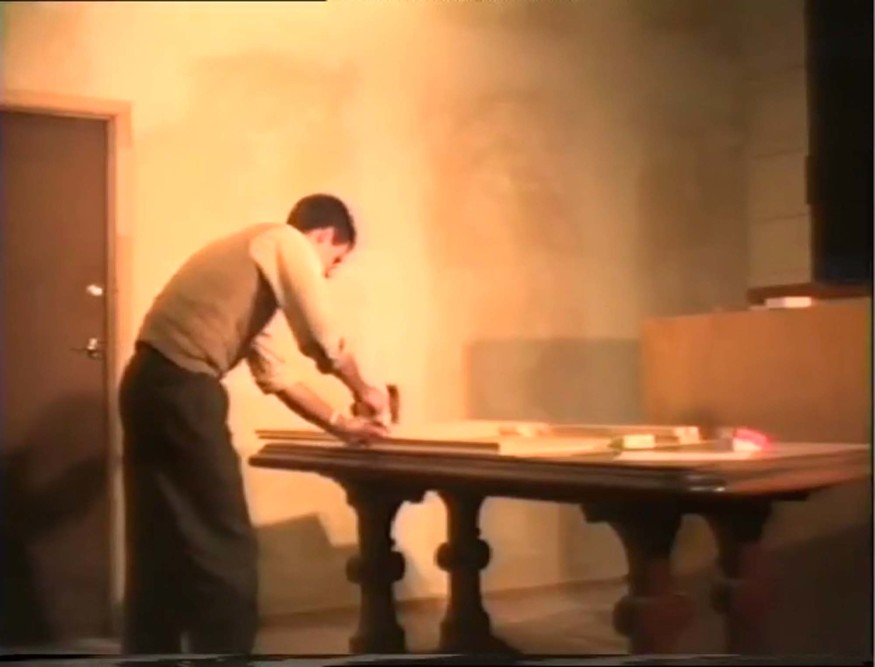
Gray Nicol Construction of a Cube (video still)1976. Video. 33:28mins. Courtesy of the artist.
As a curator programming contemporary work for the Archive's gallery, issues of access were even more frustrating. There were a wealth of practitioners actively creating shows around the country, but from afar I found these difficult to engage with. What could a still image convey about the dynamic modes of exchange in any number of Alex Monteith's works utilising the RNZAF, a fleet of surfers or dual motorcyclists? What was Sean Grattan doing with the unfashionable world of narrative? Based in Wellington, how could I know more about the exciting developments in Pacific art emerging out of Auckland? What was happening in Christchurch or Dunedin?
While access to physical copies and geographically dispersed installations was problematic for the viewer, the emergence of digital technologies began to spawn a dizzying multiplicity of legal and illegal online streaming sites, offering various modes of access from pay-per-view to invite-only membership to open slather. Within the realm of art, perhaps the most liberal was the American site Ubuweb, whose founder Kenneth Goldsmith famously declared 'If it doesn't exist on the internet, it doesn't exist.' Could these new technologies be utilised to develop new audiences for New Zealand art?
CIRCUIT Artist Film and Video Aotearoa New Zealand was launched in February 2012. Supported by Creative New Zealand, it was established to support New Zealand artists working in the moving image through distribution of works, critical review and professional practice initiatives. CIRCUIT's brief was specifically artists' film and video—known elsewhere as video art and experimental film.1 Today on the CIRCUIT website you can watch 500 streaming videos by ninety New Zealand artists, and in the past twelve months the site has received 70,000 page views from 15,000 unique visitors. Most are from New Zealand, followed by the UK, US and Australia.
While many local curators use the site as a research tool, CIRCUIT's growing profile has led to a demand to supply curated programmes for a variety of international display platforms including web, cinema and gallery. As I write this, an eyecontact review of Other Waters, an exhibition at Te Tuhi Centre for the Arts curated by Eu Jin Chua, cites the availability of many of the moving image works in the show on the CIRCUIT site. An upcoming installation at the Dowse Art Museum curated by Bridget Reweti features works by CIRCUIT artists Denise Batchelor and Candice Stock. A suite of works by Gavin Hipkins, Tahi Moore, Phil Dadson, Sorawit Songsataya and Andrew de Freitas has recently been shown at the Rotterdam Film Festival. And over the 2014/15 New Year a collection of sixteen works were shown on the Italian film website filmessay.com.
In 2015, CIRCUIT will distribute several new screening and installation works it has commissioned, providing artists with financial support to make new work and a subsequent return on distribution. Where university art, film and media courses previously taught by showing foreign material streamed on Ubuweb, a number of lecturers now use CIRCUIT. This is a major cultural shift.
Setting up CIRCUIT, I approached an initial pool of sixty-five artists with a proposal to stream their work online. Fifty-five replied saying yes, nine didn't reply and only one said no. I offered the option of showing an excerpt of each work, ghosting a logo over the image or showing the complete work; almost all preferred to show the complete video. Clearly artists are on board with the new model of digital distribution, and the resultant screenings, installations and commissioning activities generated by the presence of their work on CIRCUIT has begun to generate a moderate income for the artists, which we aim to grow substantially over the next few years.
Yet for the collector or collecting institution, this distribution of video on the website can provoke some anxiety. Why should I buy this as a limited edition artwork if it's available to view online? So let's be clear about what you're watching online, and what you're not.
Each video on the website is compressed to fit playback specs that will enable it to stream quickly in a browser. In the gallery you should – if the gallery is doing its job – be watching a full resolution image of a digital work, where the installation utilises size, scale, relationship to site and other media to bring the work fully into existence.
A recent discussion at the Adam Art Gallery for the series '21st-Century Collecting' gave me an opportunity to cite a specific example of the material differences between web and installation platforms. When I watch Phil Dadson's Aerial Farm on my 12" Macbook I recognise the essential audio/visual elements of the work; I see the image of a wire mast in a snowstorm, and from the onboard speakers I hear the wind buffet the mast. But projected to fill a wall in the Adam's Kirk Gallery, the work achieves a measure of physicality; the image seems to hover, to drift in and out of sculptural relief. Played back through a decent sound system the sonic whip of the wind curls around our ears and the space. We sense our human vulnerability in the face of the elements.
All of this is of course is hardly new, or medium specific. In the case of Da Vinci's famous portrait, the Mona Lisa's ubiquity has spread across books, magazines and academia to popular culture. Obviously not all of these reproductions say much about the work, and I am struggling to see Aerial Farm on a coffee mug. But surely the spread of the Mona Lisa's reproduction – at the very least within the realms of art history – has contributed to the cultural impact of the work and a desire to see the real thing. In pure financial terms, can anyone say that these 'poor' copies have done anything more than boost the material value of the original?
A 2009 essay by Hito Steyerl entitled 'In Defense of the Poor Image' summed up the characteristics of the twenty-first-century digital copy. 'The poor image ... is a ghost of an image, a preview, a thumbnail, an errant idea, an itinerant image distributed for free, squeezed through slow digital connections, compressed, reproduced, ripped, remixed, as well as copied and pasted into other channels of distribution.' Where Steyerl's essay first appealed to me was in its identification of the possibilities for audience development. 'In the age of file-sharing, even marginalized content circulates again and reconnects dispersed worldwide audiences. ... It builds alliances as it travels, provokes translation or mistranslation, and creates new publics and debates.'2
During the mid to late 2000s, I curated several programmes of New Zealand artists' video for venues in Europe and the US. On paper, showing at many of these institutions felt like something to be celebrated. And sometimes, like showing Len Lye in New York or San Francisco, it was. On other occasions, particularly related to contemporary work, with no existing frame of reference (such as Lye the New Yorker) one realised that showing work from New Zealand was simply a once in a blue moon event with zero context to draw in an audience. During a brief period I spent working for London-based distributor LUX in 2009, the director told me that 'until I met you I had no idea this kind of work existed in New Zealand'.
So Steyerl's identification of the poor image as fleet-footed messenger was welcome. Could new technologies lay the groundwork for future showings in foreign locales? Could the work arrive, not as an uninvited guest, but as an accepted part of the larger world culture of moving images? Could we develop a network of advocates worldwide who could place it in an international contemporary context?
One artist whose work is not represented on CIRCUIT is Len Lye. Born in New Zealand and with an artistic legacy forged in the UK and the US, Lye's stature and place in twentieth-century modernism is actively promoted by the Len Lye Foundation, based in New Plymouth. Distributed officially on DVD and with a handful of clips available on the Film Archive website, his work is nevertheless well known on YouTube, where bootleggers/advocates have shared digital versions of beaten-up prints for years.
As Len Lye Foundation curator Paul Brobbel admits, online streaming via platforms such as YouTube can have a positive outcome, driving demand to see the actual works in their full resolution: 'For curators or film programmers, research or familiarity with Lye's films is almost instantly available. That will have had a considerable impact on demand for screenings.'3
But while the fan has a role to play, Brobbel makes the point that letting online users take the lead can be a double-edged sword: 'Misleading information becomes gospel online and in an environment like YouTube it's hard to combat. I've experienced situations with gallery visitors who contest the information we present, deferring to their experience online.' Brobbel also notes that the online environment provides opportunity for repurposing the work. '[Within] the YouTube sphere, there is a degree to which the work becomes malleable or flexible in a way that other art media don't (I'm meaning "mash-ups", "remixes" or otherwise farming for material). There's a discomfort for me there.'
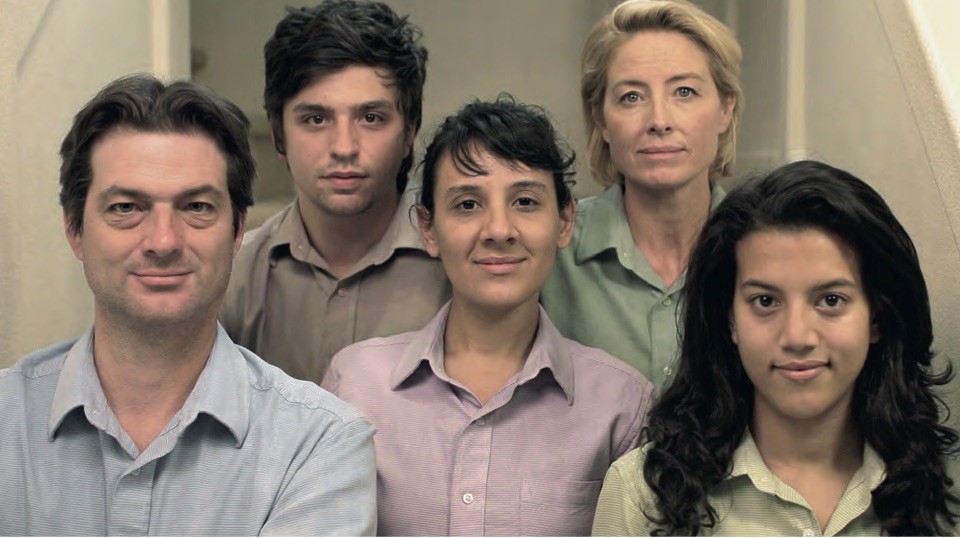
Sean Grattan HADHAD (video still) 2012. Digital video / sound; 41:21mins. Courtesy of the artist
In the end, nothing can disguise the fact that the world has changed. The volume of artists who have chosen to stream their work on CIRCUIT (and many submissions are rejected) shows that artists are enthusiastic about the possibilities offered by distributing their work online. For audiences, content on demand is simply the norm.
At the same time, the world is still much the same. Just as the great paintings of the twentieth century are reproduced in glossy texts, the works on CIRCUIT are a folio, an introduction. If Gray Nicol's time-based work had been more readily available for research and study over the past forty years, would it have been so overlooked?
As Brobbel notes, it is up to institutions to consider how they will manage the torrent of water pouring from the dam. In the meantime, the poor copy continues to circulate, buoyed by public enthusiasm for open access and the quality of the work.


